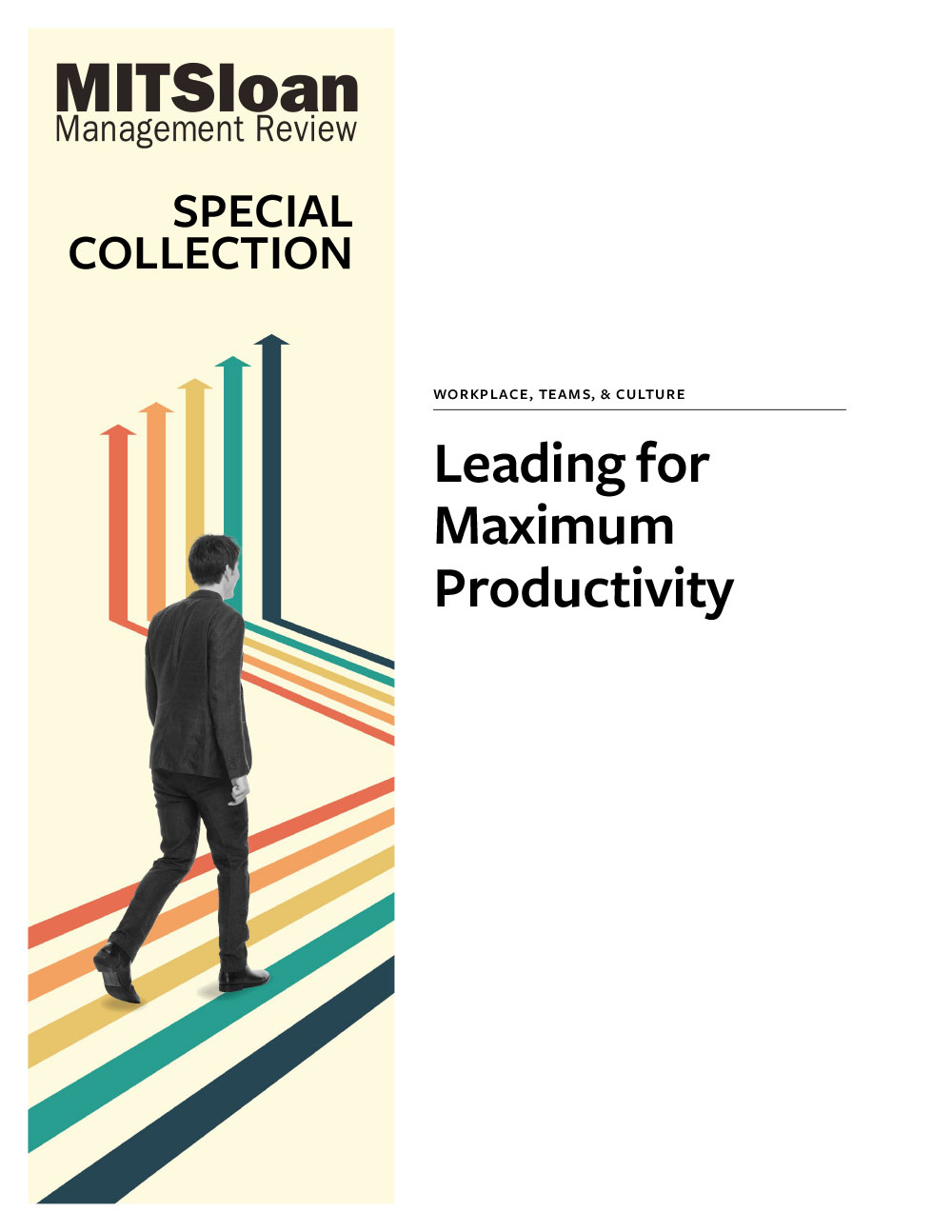This collection of articles provides a broad range of expert insights on using GenAI for significant, measurable business outcomes.
Guides
Our Leadership Guides, Executive Guides, and collections bring together expert perspectives to help leaders at all levels understand complex challenges — and help leaders translate that understanding into practical strategies for confident leadership.
Page 2 of 10










